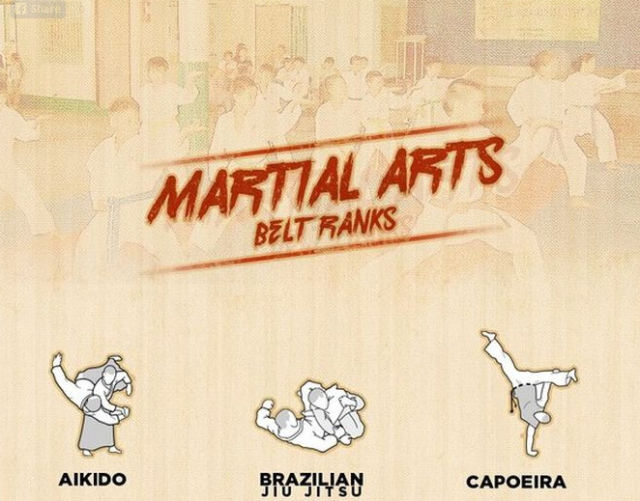The Development And Historical Context Of Martial Arts Worldwide
The Development And Historical Context Of Martial Arts Worldwide
Blog Article
Web Content Create By-Hess Silverman
Martial arts have a remarkable history that spans centuries and continents. You may locate it intriguing just how old practices like Shuai Jiao and Kalaripayattu prepared for modern-day battle strategies. These techniques not only highlight physical skills but also mirror the societies that birthed them. As you explore their advancement, take into consideration how globalization has changed these conventional kinds right into crossbreed styles. What influences do you think have shaped today's martial arts landscape?
Ancient Martial arts: The Structures of Combat
As you look into the world of ancient martial arts, you'll discover the abundant structures that shaped battle methods throughout societies. Go At this site concentrated on Self-Defense and survival, typically including strikes, hurting, and weaponry.
In old China, for instance, techniques like Shuai Jiao emphasized throws and joint locks, while India's Kalaripayattu showcased agility and fluid motion. Japanese samurai created Kenjutsu, a polished swordsmanship that highlighted self-control and method.
These martial arts served not just for battle yet additionally as a means of individual growth, instilling worths like regard and determination. The blending of these methods gradually laid the groundwork for the varied martial arts you see today, each showing the one-of-a-kind ideologies and demands of its society.
The Social Impact on Martial Arts Advancement
While martial arts frequently mirror the functional needs of a culture, they likewise symbolize the cultural worths and ideas of their origins. When https://bestmartialartsforadultst65420.blog-a-story.com/15971568/understanding-the-various-belt-levels-in-taekwondo-essential-information-to-familiarize-yourself-with explore different martial arts, you'll discover how they're influenced by religious beliefs, ideology, and social standards.
For instance, the emphasis on regard and technique in Japanese martial arts originates from Zen Buddhism and samurai society. On the other hand, Brazilian Jiu-Jitsu promotes adaptability and strategy, formed by the need for performance in a varied, multicultural environment.
You could find that the routines, attires, and training approaches mirror a community's background and identification. By recognizing these social influences, you grow your gratitude of martial arts and their function fit human experiences across the globe.
Modern Adaptations and the Globalization of Martial arts
Martial arts have actually changed significantly in recent decades, adapting to modern society and international impacts. You'll see that traditional forms have blended with contemporary techniques, creating hybrid styles like MMA. These adaptations deal with diverse target markets, making martial arts obtainable and enticing around the world.
With the rise of social media and digital systems, you can find tutorials and competitions from all edges of the globe, breaking geographical barriers. This globalization has actually caused a shared gratitude for different disciplines, from Brazilian Jiu-Jitsu to Taekwondo.
As you involve with these arts, you'll realize they're not practically fight; they promote fitness, technique, and mental health.
Inevitably, contemporary adaptations have improved the martial arts landscape, making it a dynamic and progressing method.
Final thought
In exploring the history and development of martial arts, you discover an interesting blend of techniques, societies, and viewpoints. From old techniques like Shuai Jiao and Kalaripayattu to the modern versatility seen in mixed martial arts, martial arts mirror humanity's pursuit for Self-Defense and personal growth. As you involve with these practices, you not just gain abilities yet additionally a much deeper gratitude for the diverse customs that form our globe today. So, continue your trip and embrace the art of fight!
